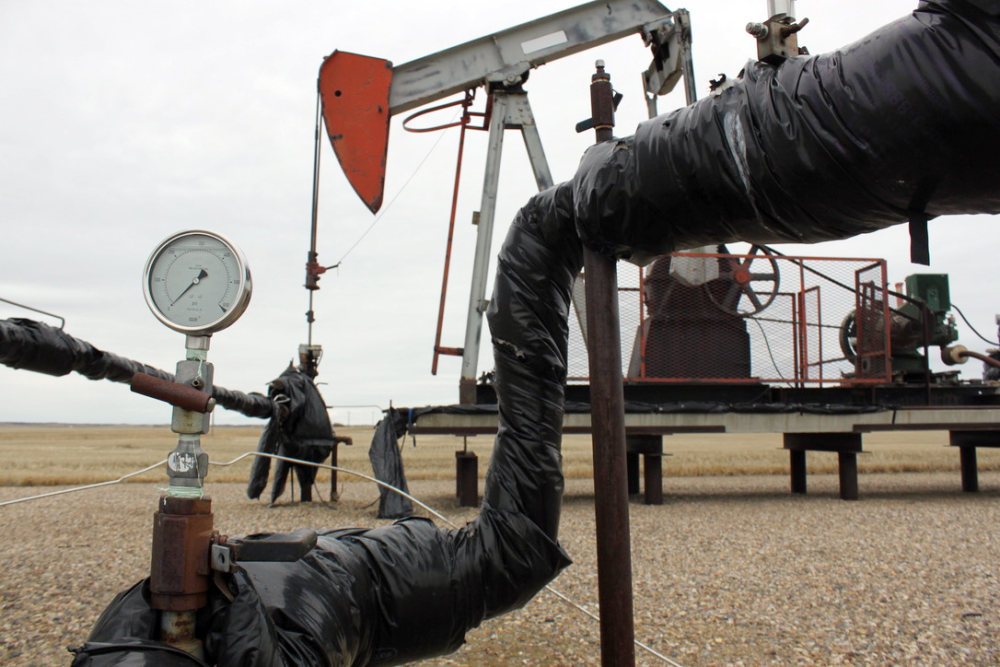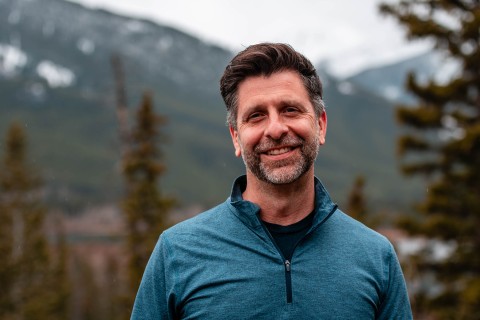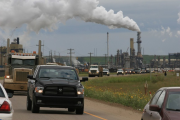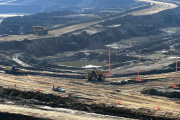The federal government’s announcement of financial support for Alberta’s oil and gas sector is welcome news as the COVID-19 pandemic deepens and historically low oil prices devastate the industry. Ottawa and Alberta have negotiated an agreement that gets people back to work while continuing to support strong climate and environmental policies. That’s no mean feat in today’s world.
A significant portion ($1 billion) will go toward reclaiming inactive wells, while a smaller portion ($200 million) will be directed to Alberta’s Orphan Well Association (OWA). This is in addition to several hundred million to both Saskatchewan and B.C. for their orphan-well funds, to round out the $1.7-billion announcement.
The federal government estimates this stimulus funding could create 5,200 jobs for Albertans in the short term when they need it most, with the added benefit of addressing a critical and persistent environmental problem.
A problem decades in the making
The inactive and orphan-well problem is not minor. It has been decades in the making, with landowners and industry pitted against each other as oil and gas wells have been left unattended and in varying states of disrepair. There are 164,000 inactive or abandoned wells in Alberta.
Industry has always been obligated to clean up after itself; and the province was expected to protect landowners and the environment overall with policies that would ensure industry lived up to its obligations. That hasn’t been the case, and over the years the Pembina Institute has worked with landowners, governments and industry to define the problem and seek solutions.
Now, though, the problem is more acute than ever. As more companies go bankrupt, their wells often land on the roster of OWA, the organization of last resort tasked with ensuring ownerless infrastructure is cleaned up.
This would be manageable if sufficient funds were being held for clean-up all along, or if the OWA was adequately funded by the current industry levy intended to address the occasional bankruptcy. Even before the current global crises walloped Alberta’s oil and gas sector, a growing inventory of orphan wells (2,879 wells for abandonment, and 3,331 unreclaimed sites as of March 2020) was already threatening to overwhelm the OWA.
To date, the OWA has reclaimed just over 900 sites with an annual budget of about $150 million in 2018 (previous years were lower). Meanwhile, official estimates have pegged oil and gas liabilities at more than $30 billion (excluding another $30 billion for oilsands), and even as high as $100 billion. Before last week’s announcement, governments had already stepped in — to the tune of $365 million over the last few years — to help the OWA address this ever-increasing backlog.
Loans, not bail-outs
As we emerge from the COVID-19 crisis, it’s critical we support government initiatives to create employment for Canadians trying to stay afloat. However, the devil is in the details. It is important that even in the post-pandemic environment, the polluter-pay principle holds.
Consideration should be given to structuring this federal investment of $1 billion for inactive wells and $200 million for orphan wells in the form of a loan — not a bail-out — to enable companies to meet their environmental obligations and provide employment.
Premier Jason Kenney has praised this federal investment which, according to the federal announcement, includes a provincial commitment to implement strengthened regulations to prevent this problem from reoccurring. Pembina welcomes this commitment and looks forward to working with the province to ensure the success of this much-needed initiative.
The program’s effectiveness would be ensured by establishing set timelines for well clean-ups. Without deadlines, many companies have avoided clean-up until they simply no longer have the required resources to do so. (In 2018, the Alberta Energy Regulator estimated that the current rate of clean up would result in an industry average of 132 years to abandon the current inventory of inactive wells, and 198 years to reclaim the current number of abandoned well sites.)
Securities to compel clean-up
Requiring companies to post full security for their properties should be considered. As of March, the Alberta government held $226 million against oil and gas liabilities, only requiring security from companies in financial trouble — when companies are least able to pay.
More robust security requirements with a portion returned when wells are properly abandoned and the rest returned when land is reclaimed will compel companies to clean up faster or at least ensure the OWA has the funds to do so on their behalf.
The federal-provincial agreement calls for establishment of an independent committee tasked with overseeing the well clean-up investment to ensure that jobs have been created and that the environmental liability has been cleaned up.
We recommend this committee include representation from Indigenous communities, local governments, landowners and environmental stakeholders. Together with industry and government representatives, this group would be best equipped to balance the need to address the highest-risk sites with cleaning the maximum number of sites.
Canadians are already shouldering the cost of this global health crisis, as well as the annually increasing cost of climate change as we contend with extreme wildfires, floods, droughts, heat waves, ocean acidification, freshwater temperature changes and more. The federal and provincial governments are right to place a high priority on opportunities to create employment for Canadians in this extraordinary time.
To be acceptable to all Canadians, however, this investment must be accompanied by regulatory changes at the provincial level to address the root of the problem, and ensure that the performance of the oil and gas industry meets its responsibility to return land to its original state.







